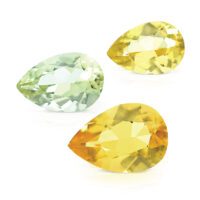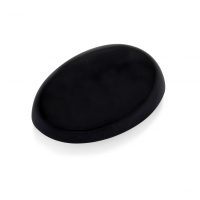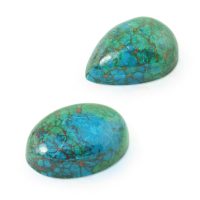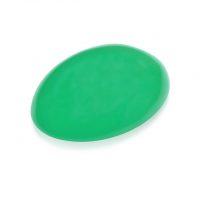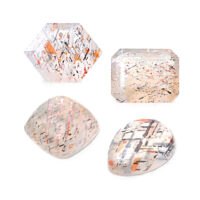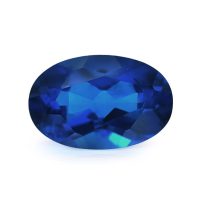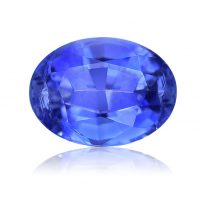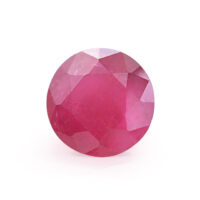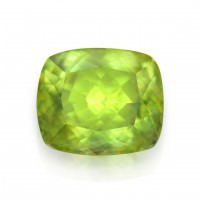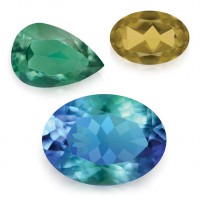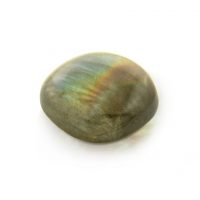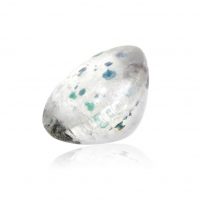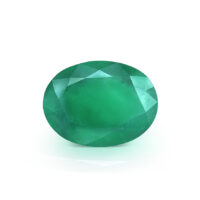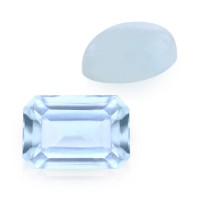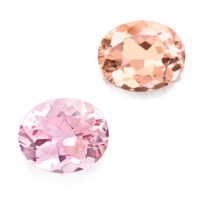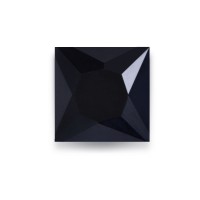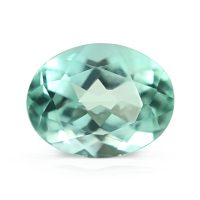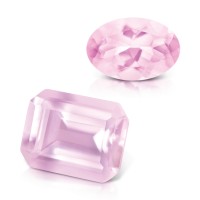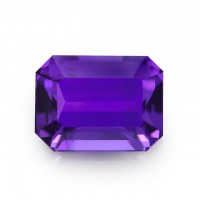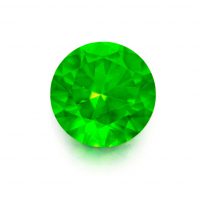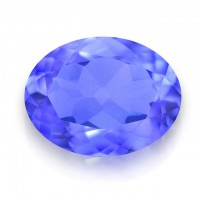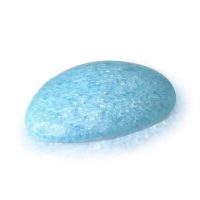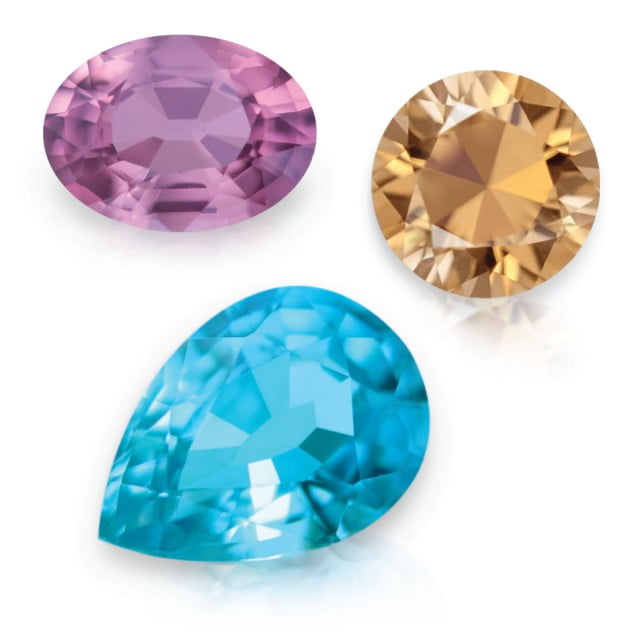

Zircon are beautiful rare blue, champagne and raspberry gemstones from Cambodia and Tanzania. Zircon’s diamond-like characteristics, along with its versatile colors, continues to make Zircon one of the most desirable gemstones.
Hardness 7.5
Refractive Index 1.810 – 2.024
Relative Density 3.93 – 4.73
Enhancement Heat
Beauty
Often due to greenish tints, Blue Zircon has a uniquely attractive medium-toned color noticeably different to other blue gemstones, such as Aquamarine or Sapphire. Champagne and Raspberry Zircon similarly have distinct beautiful hues. Zircon’s constant shift of attractive secondary colors is accentuated by its Diamond-like optical properties afforded by its high refractive index.
Zircon has a sharp brilliance, excellent scintillation (play of light), Diamond-like luster (adamantine) and a high fire that adds both beauty and value (also known as dispersion, this is the splitting of light into its component colors). Zircon is also strongly doubly refractive (light splits into two rays as it passes through the gem). This is immediately visible as a doubling of the facets, resulting in beautiful sparkling mosaic patterns and optical depth.
In order to maximize these optical properties, Zircon needs to be carefully cut with an eye-clean clarity, the highest quality clarity grade for colored gemstones.
A gemstone since antiquity, Zircon is one of December’s birthstones. Ostensibly named after the element ‘zirconium’ present in its chemical composition, the gem name ‘Zircon’ has two possible etymologies; one is the Arabic ‘zarkun’ (red), another the Persian words ‘zar’ (gold) and ‘gun’ (color). Zircon comes in an array of colors, including blue, brown, champagne, cinnamon, coffee, cognac, golden, green, honey, orange, raspberry, red, saffron, turmeric, white (colorless), and yellow. Zircon also has various historical and trade names. Jargon is pale yellow; Jacinth is red; Hyacinth is yellowish-red (or perhaps even blue); Matara Diamond or Ceylon Diamond is white; Starlite or Siam Zircon is blue; and Ligure is generic. Zircon has been found in some of the world’s oldest archaeological sites. In fact, a tiny mineral fragment of Zircon 4.4 billion years old discovered in Western Australia is the earth’s oldest known object. Perhaps it should be said that ‘Zircons are forever’! While their names sound similar and Zircon is as an excellent Diamond alternative, please don’t confuse Zircon with synthetic cubic zirconia, a cheap Diamond imitation. Zircon is a real gemstone and cubic zirconia is not.
Rarity
While Zircon is found in Cambodia, Nigeria, Sri Lanka and Tanzania, Cambodia is the world’s premier source for Blue Zircon. Also known as Ratanakiri Zircon, Blue Zircon comes from Ratanakiri (‘gemstone mountain’ in Khmer), a northern Cambodian deposit noted for yielding some of the world’s finest specimens. Champagne and Raspberry Zircon come from Tunduru in Tanzania’s Ruvuma Region.
Natural scarcity combined with increasing marketplace demand, intense competition and sporadic production, is decreasing the availability of calibrated Zircon, especially over 1 carat, resulting in increased prices.
Durability & Care
Zircon is a durable gemstone (Mohs’ Hardness: 6.5 – 7.5) well-suited to everyday wear. Always store Zircon carefully to avoid scuffs and scratches. Clean with gentle soap and lukewarm water, scrubbing behind the gem with a very soft toothbrush as necessary. After cleaning, pat dry with a soft towel or chamois cloth.
Map Location


Click maps to enlarge






